 web specs
web specs
Impedance: 20K ohm
Resistance: 20M ohm
Capacitance: 15,000 pf
Sensitivity: 57db at 1KHz
Frequency Range: 200 - 8,000Hz
Operation Temperature: -20 to 60 degree Celsius
Wire: 42-inch Molded twisted Wire
Connector: Tinned Leads for DIY Connections
So it is the large wafer ceramic crystal capacitance that filters out the carrier after rectification.
The 20k impedance is the average vibration load impedance while at DC it is 20 MOhm.
Here's a poor response from a lousy diode.
 When I was 10, my Dad made me a radio in the early 60's. It was wound on a glass pickle jar, a crystal diode and a crystal earbud, with an antenna wire across the street to a tree to pick up AM radio a 100 miles away. Fortunately, no lightning and no batteries needed. It was my 2nd electronic inspiration. The 1st was picking up Texas TV on hot summer day in Flin Flon Mb, when I was 8 and the RCMP radio on the useless B/W TV with the VHF tuner. XJG22
When I was 10, my Dad made me a radio in the early 60's. It was wound on a glass pickle jar, a crystal diode and a crystal earbud, with an antenna wire across the street to a tree to pick up AM radio a 100 miles away. Fortunately, no lightning and no batteries needed. It was my 2nd electronic inspiration. The 1st was picking up Texas TV on hot summer day in Flin Flon Mb, when I was 8 and the RCMP radio on the useless B/W TV with the VHF tuner. XJG22



